Set against a dramatic backdrop of war, spies, and nuclear bombs, An Atomic Love Story unveils a vivid new view of a tumultuous era and one of its most important figures. In the early decades of the 20th century, three highly ambitious women found their way to the West Coast, where each was destined to collide with the young Oppenheimer, the enigmatic physicist whose work in creating the atomic bomb would forever impact modern history. His first and most intense love was for Jean Tatlock, though he married the tempestuous Kitty Harrison—both were members of the Communist Party—and was rumored to have had a scandalous affair with the brilliant Ruth Sherman Tolman, ten years his senior and the wife of another celebrated physicist. Although each were connected through their relationship to Oppenheimer, their experiences reflect important changes in the lives of American women in the 20th century: the conflict between career and marriage; the need for a woman to define herself independently; experimentation with sexuality; and the growth of career opportunities.
Beautifully written and superbly researched through a rich collection of firsthand accounts, this intimate portrait shares the tragedies, betrayals, and romances of an alluring man and three bold women, revealing how they pushed to the very forefront of social and cultural changes in a fascinating, volatile era.
Amazon: https://tinyurl.com/3zpafmk5
Bookshop: https://tinyurl.com2ecxvwjt
Target: https://tinyurl.com/4r39hn3m
Barnes & Noble: https://tinyurl.com/4pj6t9d2
Goodreads: https://www.goodreads.com/book/show/17290412-an-atomic-love-storyYour book, An Atomic Love Story, sounds absolutely intriguing! Can we begin by having you give us a brief description of Robert Oppenheimer and what was he most known for?
J. Robert Oppenheimer was an American physicist, best known as the “Father of the Atom Bomb.” During World War II, he led a team of some of the world’s foremost scientists at a secret government installation high in the mountains of New Mexico where they developed the first atomic weapons dropped on two different Japanese cities, abruptly ending the war in Asia, and changing the world forever. Oppenheimer himself is remembered (to quote several people who knew him well) as “the most brilliantly endowed intellectual of anybody I’ve ever known . . . incredibly good wit and gaiety and high spirits . . . great charm.” For all that, he remains an enigma.
What kind of research did you have to do to write this book?
Mountains of research. Other fine major biographies of JRO were produced before ours; we had to dig deeper. By structuring An Atomic Love Story from the point of view of the three most important women in Oppenheimer’s life (his first ‘great’ love, his wife, and a lifelong friend) we were able not only to come close into one man’s life, but describe that important generation leading up to and enduring a violent rupture in world history. By threading the stories of each of the four main characters through the book—starting with “bloodlines” to show when each of their forebears came to America—we get a good look at the United States in all its 20th century privilege and turmoil. Including giving the world the explosive means to extinguish all human life on planet Earth.
What drew you to this subject?
I was just out of college and new to San Francisco when I learned that Robert Oppenheimer was to speak on the U.C. Berkeley campus. Like many Americans fascinated with the man who had come to symbolize the birth of the atomic bomb, I made my way to a packed auditorium, and left knowing I wanted to write about him. Much later, after having published scores of magazine articles and seven books, I knew it was time to tackle Oppenheimer. Happily, I had by then become friends with historian Patricia Klaus, who has a doctorate from Stanford, and knows how to do the deep digging. She signed on, and we took off for a year or more’s worth of long lunches in a brew-pub halfway between our California homes. The most fun of doing this book together was the telephone calls from Patricia that would begin, “Sit down, you’re not going to believe what I found…”
What's one of the pivotal points in An Atomic Love Story where the reader will have trouble putting the book down?
Actually, the book begins with just such a point—in a two-page prologue dated June 14, 1943. Robert, in place at Los Alamos with his wife Kitty and their two-year-old son, and recently put in charge of the highly secret development of the bomb, returns briefly to the San Francisco area and agrees to see Jean Tatlock, the young woman he had proposed to twice, who had turned him down both times and yet has asked to see him. The FBI is on his trail; he knows he is risking his place in this secret war program but he goes to her anyway. The actual beginning chapter of the book (titled “Bloodlines”) follows. But it is that prologue that keeps the reader going to page 154 when this incident is repeated, in context and greater detail, played out within the larger drama of the building of the A-bomb. The reader waits for it, understanding it is a dramatic high point of one important part the story. And it tells us something about Robert Oppenheimer’s views of commitment. Of loyalty. Of love.
Now that your book is released, what's your next literary step or are we all done?
Patricia has been caught up in deep researching another fascinating individual from the World War II period. I still enjoy those breathless “You’re not going to believe this” phone calls.

































































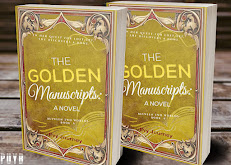






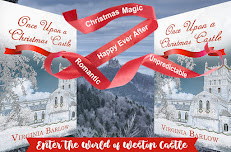
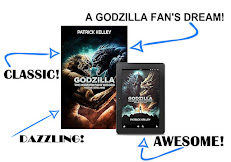


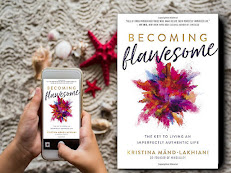



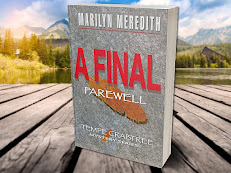

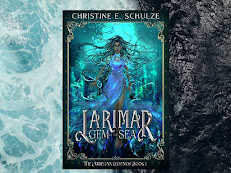

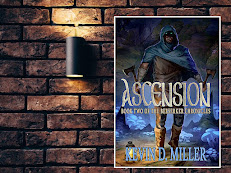

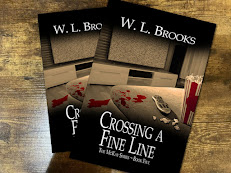



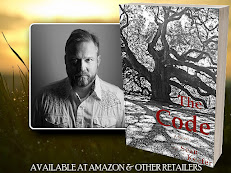

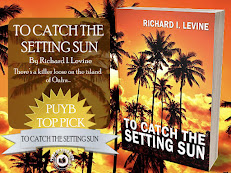

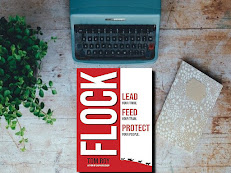
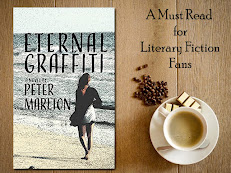
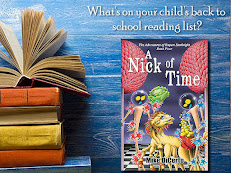

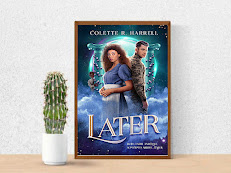


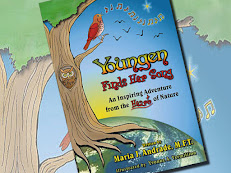






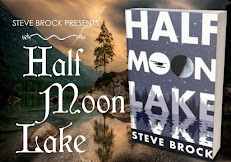










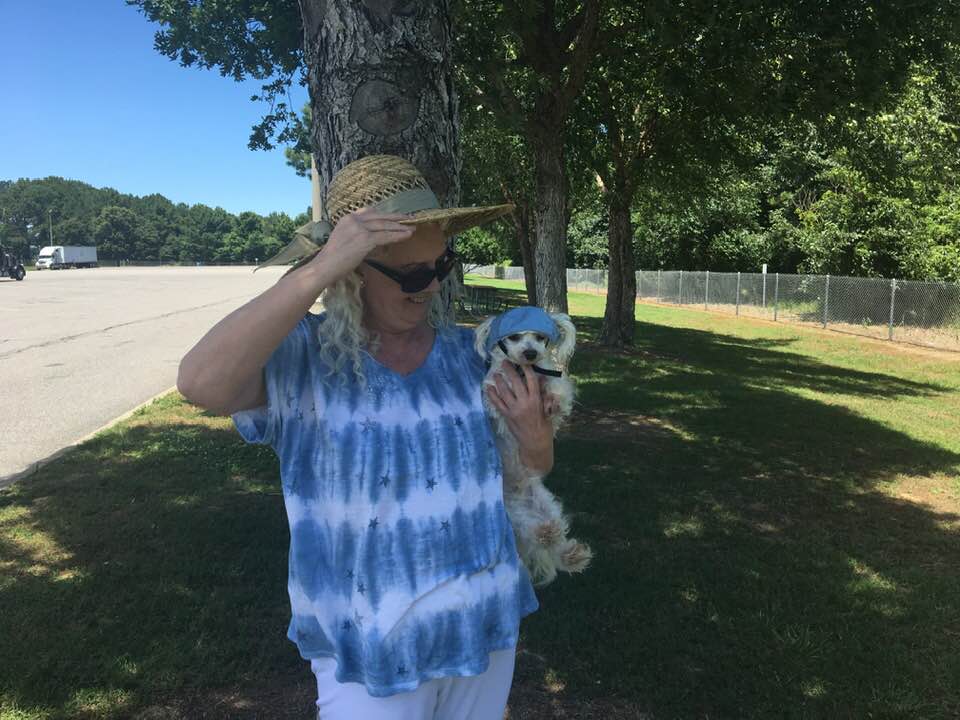
No comments:
Post a Comment
Thank you for your message!